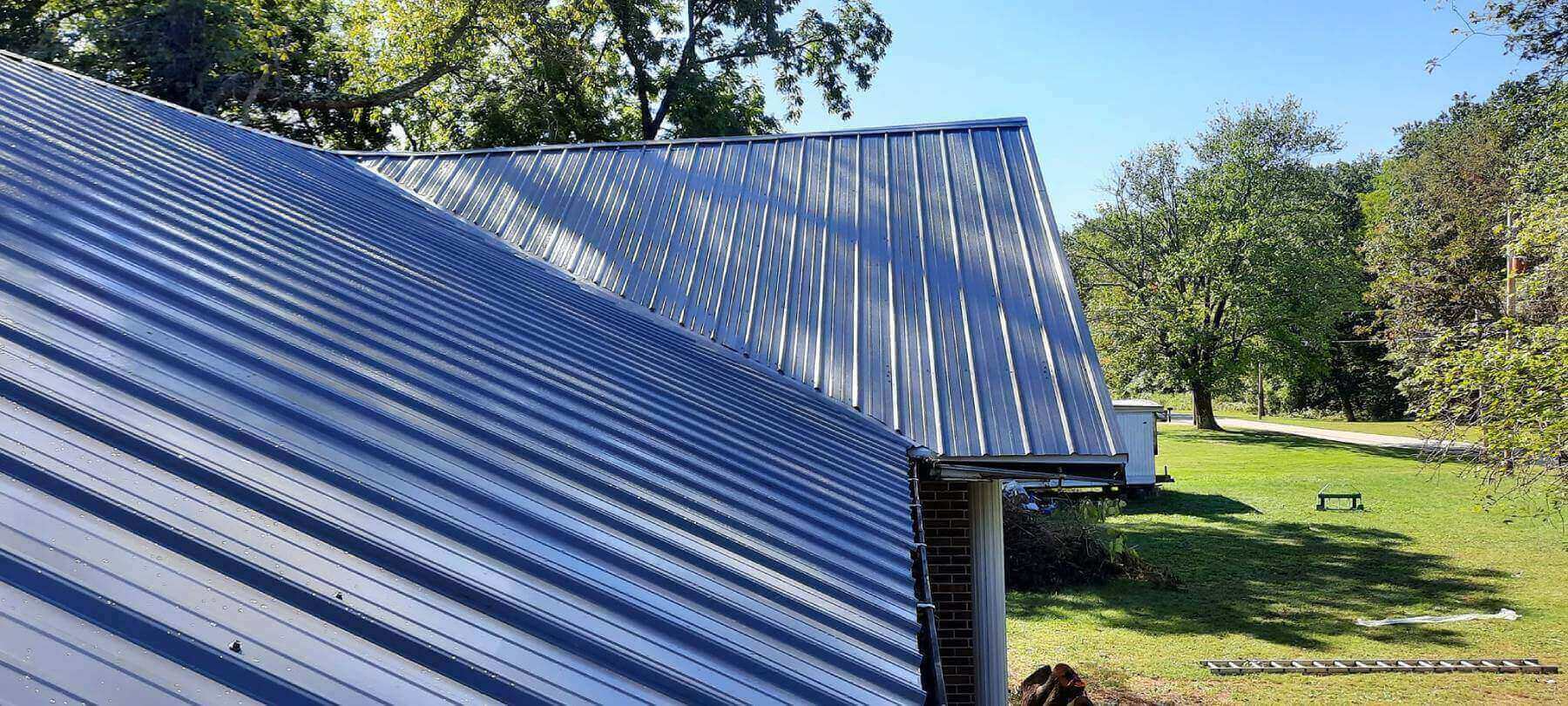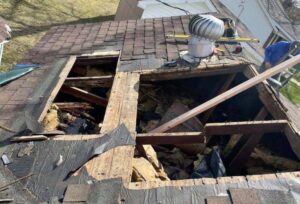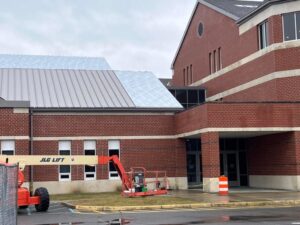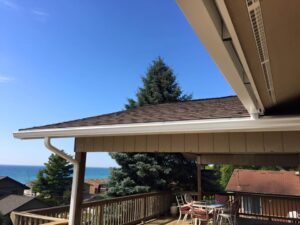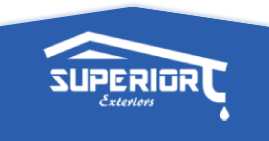The Pros and Cons of Installing a Metal Residential Roof
Installing a metal roof on your residential property can be an excellent way to improve the value and longevity of your home. Metal roofs are known for their durability, energy efficiency, and aesthetic appeal. However, they come with some potential drawbacks as well. Before you make any decisions about installing a metal roof on your home, it’s important to consider both the advantages and disadvantages of this type of roofing material. In this article we will discuss the pros and cons of installing a metal residential roof so that you can make an informed decision about whether or not it is right for you.
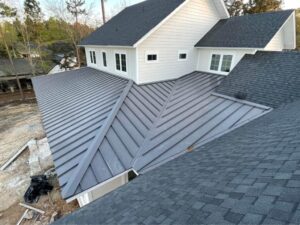
Intro to Metal Roofs – Benefits and Drawbacks
The primary benefit of installing a metal roof on your home is its durability. Metal roofs are designed to last for decades and can withstand extreme temperatures, heavy rain, hail, snow and debris. They’re also resistant to fire, mold, and mildew – making them ideal for areas prone to extreme weather conditions.
Metal roofs are made from a variety of materials, including aluminum, steel, copper, and zinc. These materials are incredibly durable and are designed to last for decades with minimal upkeep. Metal roofs reflect heat away from your home in the summer months, reducing energy costs and improving comfort levels. Additionally, metal roofing is relatively lightweight compared to other types of roofing materials, making it easier and less expensive to install.
Despite all of the benefits of metal roofs, there are some potential drawbacks as well. Metal roofs can be more expensive than traditional shingle-style roofing solutions and may require specialized tools for installation. Additionally, metal roofs can become noisy in heavy rainfall or when impacted by hail or other debris. They also tend to require more upkeep than shingle roofs, as they must be regularly inspected and maintained to prevent rust or corrosion.
Cost Comparison between Other Materials and Steel/Metal
The cost of installing a metal roof on your residential property can vary significantly depending on the type of material you choose. Steel and aluminum are two of the most common materials used for residential roofs, and each has its own advantages and disadvantages.
Steel is generally more expensive than aluminum, although it tends to last longer and be more durable. Additionally, steel roofs can be painted to match the color of your home, giving it a more uniform look. Aluminum roofs are less expensive and also offer a longer lifespan than steel – however, they aren’t as strong or durable as steel and must be treated with corrosion-resistant coatings in order to protect against moisture damage.
When considering the cost of a metal roof, it’s important to factor in the cost of installation and any additional materials that may be required. Additionally, you should consider the climate of your area and how often your roof is likely to need maintenance or repair. With proper care and regular inspection, a metal roof can last for decades – potentially saving you money in the long run.
Overall, metal roofs offer many advantages over traditional shingle-style roofing solutions. They are incredibly durable and energy efficient, making them ideal for homes in areas prone to extreme weather conditions. However, they tend to be more expensive than other types of residential roofing materials and may require specialized tools for installation. It’s important to take all of these factors into consideration when making a decision about what type of roof is right for your home. With the right information and planning, you can ensure that you make an informed decision that will help keep your home safe and secure for years to come.
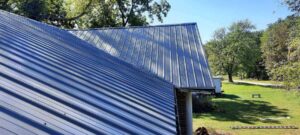
https://www.google.com/maps?cid=9071426352710089089

